When it comes to humanity’s response to climate change, the focus on carbon dioxide is sucking all the oxygen out of the room.
Greenhouse gas emissions aren’t the only reason why global temperatures are creeping upward. The climate is also influenced by changes in the Earth’s orbit and rotation; these are thought to have been the primary cause of previous ice ages. Variations in solar activity and changes in the Earth’s reflectivity also have an impact.
We have no control over our planet’s orbit or the output of the sun. The latter fluctuates according to an 11-year cycle and has shown no overall increase since accurate monitoring started in 1978. But there’s no doubt that human activities like construction, deforestation and farming alter the percentage of sunlight the Earth’s surface absorbs and the percentage that’s reflected.
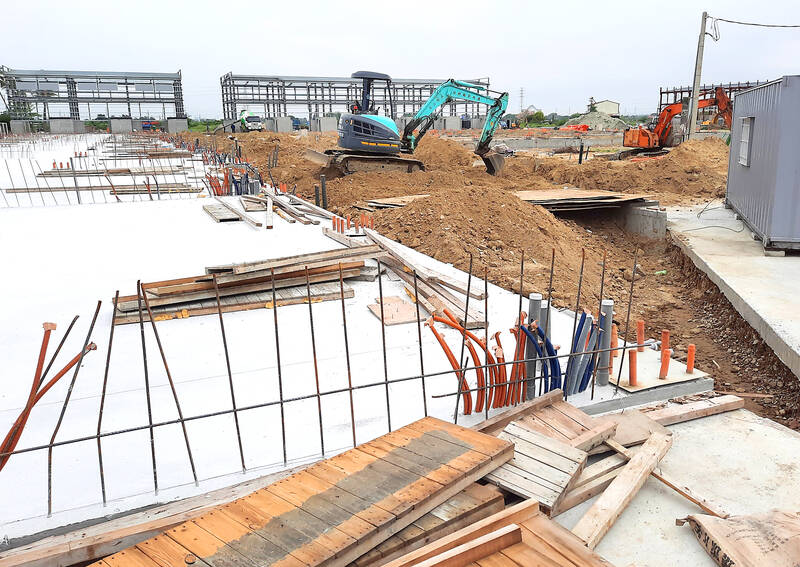
Photo: Steven Crook
Every surface feature has an albedo of between 0 (meaning all of the solar radiation that hits it is absorbed) and 1 (100 percent of the radiation is reflected). Asphalt roads and oceans have low albedo values. Because they sequester carbon, forests are often thought of as helpful in the fight against climate change. They are, yet in terms of albedo — 0.15 to 0.18 for areas of deciduous trees, 0.08 for 0.15 for coniferous woodlands — they don’t contribute much to the effort.
Grasslands and sandy deserts are more reflective than trees or concrete. The albedo of snow and ice is usually over 0.5 and sometimes above 0.9. This is why the loss of Arctic ice and declining snow cover in places like Siberia is so alarming. As these white surfaces shrink, not only will sea levels rise, but the Earth will absorb more solar radiation, triggering a doom loop of additional melting and further warming.
COMPLEX LOCAL EFFECTS
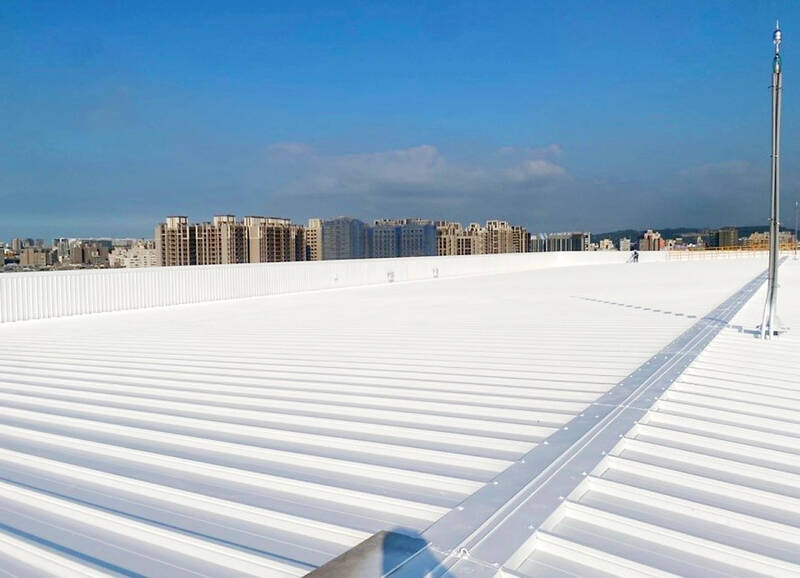
Photo: Steven Crook
Persuading individuals to voluntarily curtail their carbon emissions isn’t easy, in part because the benefits are barely perceptible at a local level. By contrast, steps taken to increase albedo are likely to have an immediate and noticeable impact. Enhancing the albedo of a property in Taiwan lowers indoor temperatures, cuts utility bills — because far more is spent on cooling than on heating — extends the life of air-conditioning units, and reduces the amount of waste heat entering the surrounding environment.
Roof coatings designed to reduce heat absorption are inexpensive and easy to apply. An Indian manufacturer claims that one of its products reflects 90 percent of infrared rays and 85 percent of ultraviolet rays and lasts for five or six years. The ex-works price of enough paint to cover 30 square meters is just NT$1,800.
Taiwan’s USI Corp says its Superior Sun-Shielding Coating offers 90-percent total solar reflection. The coating has been applied to buildings, pipes and chemical storage tanks belonging to USI and its affiliates. The product is affordable, yet the coating isn’t in widespread use, the company says.
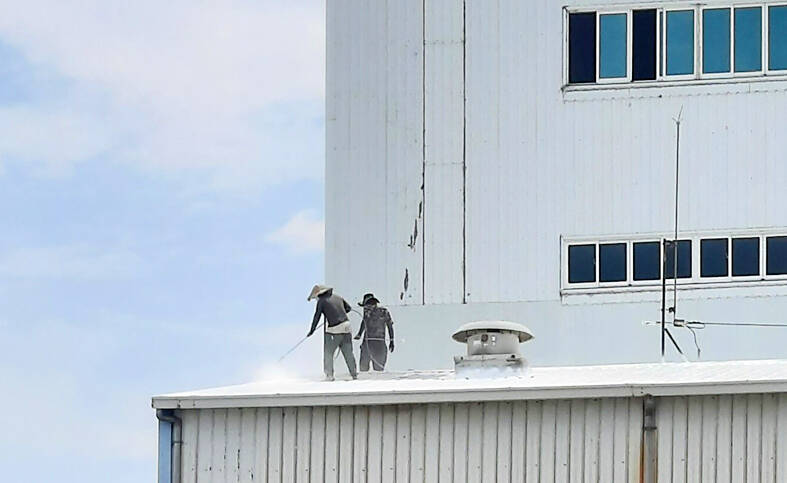
Photo: Steven Crook
Trying to boost albedo across a neighborhood or a city is much more complicated, however. Part of the problem is that, except when the sun is directly overhead, solar radiation doesn’t come straight down from the sky. As a consequence, the fraction that’s reflected rebounds at an angle.
A 2020 paper published by Brunel University in the UK explains that, in urban areas incoming radiation bounces between building facades, roads and other features. At each collision, “a portion is absorbed by the incident surface while another portion is reflected… The effectiveness of high albedo materials in improving outdoor thermal comfort in complex urban geometries is still under investigation and it may vary depending on urban geometry and latitude.”
In Taipei, applying reflective paint to the roof of a house just south of a 10-floor apartment block would cool the former, yet at certain times of the year it’d also increase the heat load on some of the apartments. Their occupants might also complain about an uncomfortable glare.
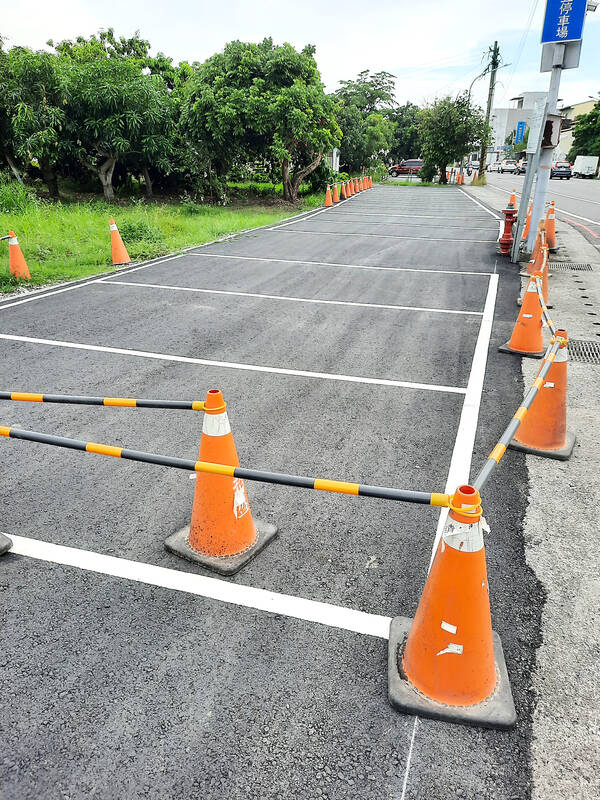
Photo: Steven Crook
New Taipei City Government’s Cool Roof Demonstration and Promotion Plan lists enhancing solar reflectivity and thermal emissivity as just one possible solution for buildings that roast when the sun’s out. Others are rooftop gardens (see “Why you should turn your roof into a leafy paradise” in the Oct. 13, 2021 issue of this newspaper), insulation and installing photovoltaic (PV) panels. In addition to generating clean electricity, PV systems cool roofs by blocking solar radiation.
Rather than incentivize the use of highly reflective materials, Kaohsiung City Government’s Green Building Autonomous Ordinance of 2012 and the Kaohsiung Housing Project initiated in 2014 stress greening upper floors and roofs so as to reduce heat gain. Wide balconies are encouraged, as these shade building shells, reducing heat load.
The US Green Building Council’s LEED rating system awards points for highly reflective roofs. Taiwan’s EEWH sustainable-architecture certification system focuses instead on the thermal transmittance of roofs, the rate at which heat is transferred through solid material, instead of albedo.
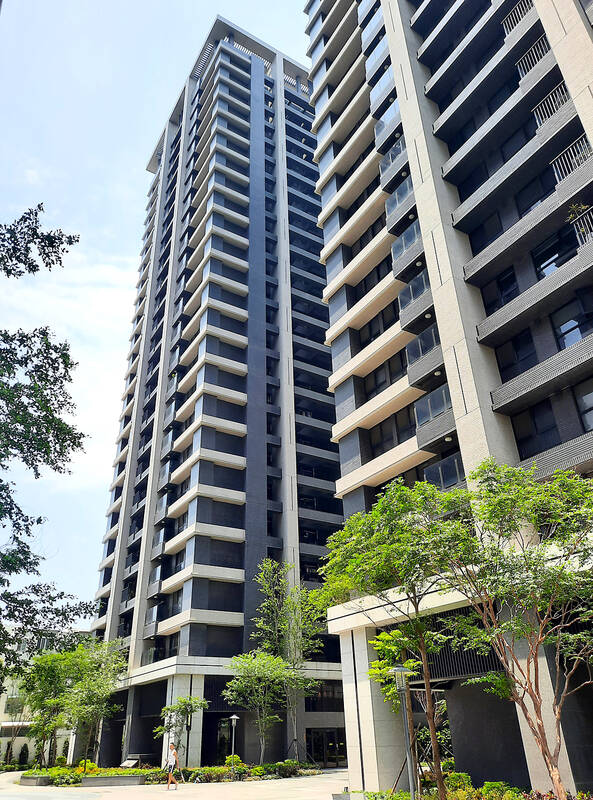
Photo: Steven Crook
HOT BLACKTOP
The authorities should assess the claims made in a 2008 article titled “Environmental and Cost Benefits of High Albedo Concrete” — even though it was authored by a senior official in a US concrete industry association — and reconsider the use of asphalt on roads that are exposed to direct sunlight for much of the day.
According to the article, roads or parking lots surfaced with concrete rather than asphalt can mitigate global warming in two ways.
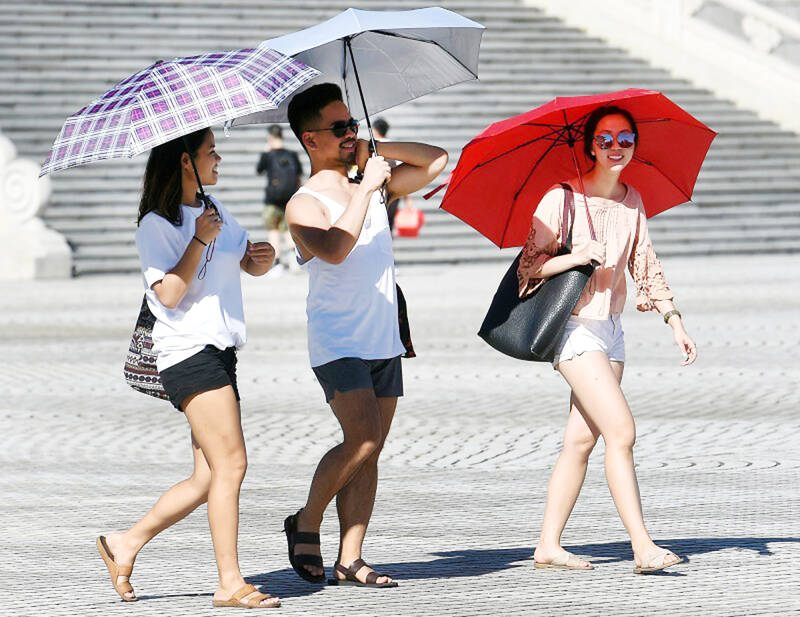
Photo: Chu Pei-hsiung, Taipei Times
On top of concrete absorbing less solar radiation, its greater reflectivity means fewer lights are needed to achieve the same level of illumination. (This is one reason why roads within tunnels are often concrete; fire safety is another.) Using concrete instead of blacktop could result in energy savings of up to 24 percent. Because Taiwan’s power grid is still a very long way from carbon neutrality, this would mean burning less coal and gas. Fewer streetlights would also bring down maintenance costs.
Yet it’s still unclear if this justifies ditching asphalt. According to calculations published in Canada in 2010, the 50-year life-cycle greenhouse gas emissions resulting from a concrete road surface are triple those of an equal area of blacktop. However, a 2020 conference paper by Indonesian researchers suggests that asphalt results in 74 percent greater emissions than concrete.
Road coatings that reflect a considerable amount of heat, but don’t dazzle road-users with whiteness, have been developed, but cost is an issue. Plain asphalt is cheaper than concrete, and spending more on road surfaces could mean less money for other climate-friendly projects.
RADICAL IDEAS
Taiwan has around 200,000 hectares of fallow agricultural land that could be planted with high-albedo crops, such as plants genetically modified (GM) so their leaves are more reflective. But Taiwan doesn’t permit GM crops; even if it did, the country may not have enough water to sustain them.
Oceans cover more than 70 percent of the Earth’s surface, and in Kim Stanley Robinson’s optimistic climate-change novel The Ministry for the Future, dyeing the sea yellow is one action taken to slow global warming. This adjusts the albedo “from 0.06 for open water… to 0.47 for yellow water. The amount of energy thus bounced back out into space was simply stupendous, the benefit-to-cost ratio off the charts.”
As of spring this year, there aren’t many indications that humanity will meet the goals of the Paris Agreement and limit global temperature rise to 1.5 degrees Celsius. It’s quite possible we’ll resort to coloring the ocean, GM trees or other drastic interventions. Some people will deplore these measures as abominable distortions of nature, and reasonably ask how we ever got ourselves into this situation.
Steven Crook, the author or co-author of four books about Taiwan, has been following environmental issues since he arrived in the country in 1991. He drives a hybrid and carries his own chopsticks. The views expressed here are his own.

On April 26, The Lancet published a letter from two doctors at Taichung-based China Medical University Hospital (CMUH) warning that “Taiwan’s Health Care System is on the Brink of Collapse.” The authors said that “Years of policy inaction and mismanagement of resources have led to the National Health Insurance system operating under unsustainable conditions.” The pushback was immediate. Errors in the paper were quickly identified and publicized, to discredit the authors (the hospital apologized). CNA reported that CMUH said the letter described Taiwan in 2021 as having 62 nurses per 10,000 people, when the correct number was 78 nurses per 10,000

As we live longer, our risk of cognitive impairment is increasing. How can we delay the onset of symptoms? Do we have to give up every indulgence or can small changes make a difference? We asked neurologists for tips on how to keep our brains healthy for life. TAKE CARE OF YOUR HEALTH “All of the sensible things that apply to bodily health apply to brain health,” says Suzanne O’Sullivan, a consultant in neurology at the National Hospital for Neurology and Neurosurgery in London, and the author of The Age of Diagnosis. “When you’re 20, you can get away with absolute

May 5 to May 11 What started out as friction between Taiwanese students at Taichung First High School and a Japanese head cook escalated dramatically over the first two weeks of May 1927. It began on April 30 when the cook’s wife knew that lotus starch used in that night’s dinner had rat feces in it, but failed to inform staff until the meal was already prepared. The students believed that her silence was intentional, and filed a complaint. The school’s Japanese administrators sided with the cook’s family, dismissing the students as troublemakers and clamping down on their freedoms — with

As Donald Trump’s executive order in March led to the shuttering of Voice of America (VOA) — the global broadcaster whose roots date back to the fight against Nazi propaganda — he quickly attracted support from figures not used to aligning themselves with any US administration. Trump had ordered the US Agency for Global Media, the federal agency that funds VOA and other groups promoting independent journalism overseas, to be “eliminated to the maximum extent consistent with applicable law.” The decision suddenly halted programming in 49 languages to more than 425 million people. In Moscow, Margarita Simonyan, the hardline editor-in-chief of the